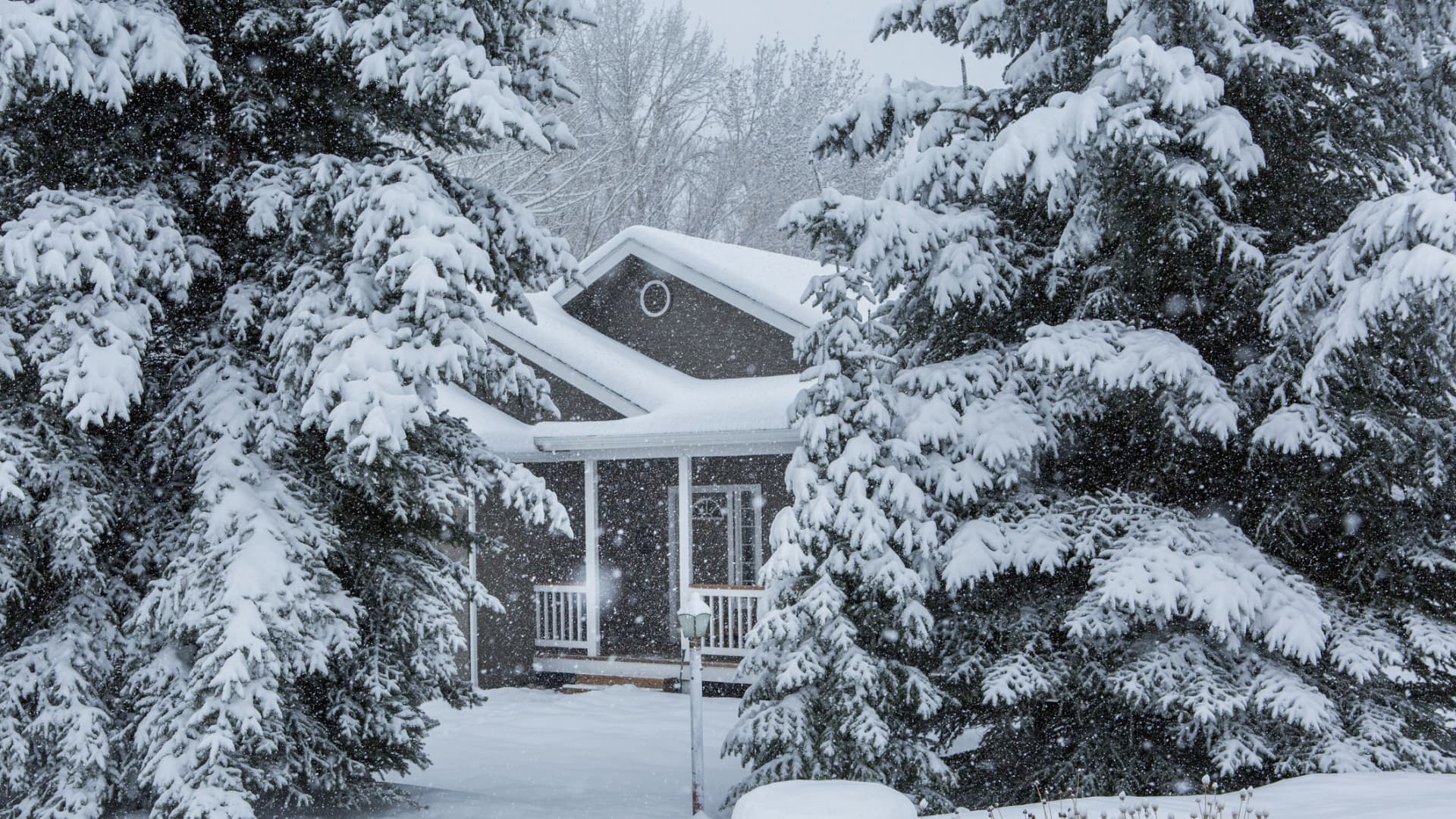Winter is almost here, meaning the year’s coldest temperatures aren’t far off.
But homeowners can take advantage of recently enacted tax breaks to help boost their home’s efficiency, thereby trapping more heat inside and better defending against winter’s chill — and saving them money in the process.
The Energy Efficient Home Improvement tax credit, offered by the Inflation Reduction Act, can help defray homeowners’ costs on such projects — such as installing energy-efficient insulation, windows, doors and electric heat pumps — while also likely reducing the size of future heating bills, experts said. It’s worth a maximum $3,200 a year.
More from Personal Finance:
Are gas-powered or electric vehicles a better deal? EVs may win out in long run
Consumers may soon get up to $14,000 or more in energy rebates — if states sign on
Why climate change may cost you big bucks — and what to do about it
The average American spends $2,000 on energy bills each year, and $200 to $400 may be “going to waste” from drafts, air leaks around openings and outdated heating and cooling systems, according to the U.S. Department of Energy.
Home heating accounts for 45% of the average person’s energy use, and water heating for another 18%, the agency said.
“You want to minimize heat loss to the outside through walls, windows, drafts, etcetera, and supply the heat as efficiently as possible,” said Steven Nadel, executive director of the American Council for an Energy-Efficient Economy.
Home efficiency upgrades can also reduce people’s planet-warming greenhouse gas emissions, at a time when climate change is already fueling more extreme and financially costly weather events.
How the tax break works
The Inflation Reduction Act, which President Joe Biden signed into law in August 2022, extended and enhanced a prior tax credit available for home efficiency upgrades.
The tax credit is worth 30% of the cost of qualifying projects. There’s a dollar cap: Taxpayers may qualify for up to $3,200 a year, in aggregate. But their ability to do so depends on how many and which projects they undertake.
Certain upgrades carry distinct caps. For example, homeowners can get up to $500 a year for installing efficient exterior doors, $600 for exterior windows and skylights, plus $1,200 for insulation and air-sealing materials or systems. They can also get up to $150 for a home energy audit.
The combined tax break for these projects is capped at $1,200 a year.
Replacing single-pane windows with double-pane Energy Star-rated windows, for example, “is like plugging actual holes in your house,” said energy and climate policy expert Kara Saul-Rinaldi, president and CEO of AnnDyl Policy Group.
The Environmental Protection Agency estimates homeowners can save 15% on heating and cooling costs, on average, by air sealing their homes and adding insulation in attics, floors over crawl spaces and basement rim joists.
Some projects carry a separate, $2,000 annual cap. They include: installing electric or natural gas heat pump water heaters, electric or natural gas heat pumps and biomass stoves and biomass boilers.
Altogether, taxpayers can get a maximum overall credit of $3,200 a year, if they combine projects worth up to $1,200 and $2,000. The IRS published a fact sheet that gives examples of the overall tax break consumers can expect for specific upgrades.
The Energy Efficient Home Improvement credit is available through 2032. Homeowners can claim the maximum annual credit each year that they make eligible improvements, and there’s no lifetime dollar limit.
“People can look forward and plan,” Saul-Rinaldi said. “They may know they need insulation over their kid’s room, or need to upgrade their windows, or want to transition to cleaner fuel, but they can’t do it all today or this year.”
There are some caveats to claiming the credit
The installations must meet certain efficiency standards, as outlined by the IRS. Labor costs may not apply in certain cases, the IRS said.
Taxpayers can only benefit from the tax credit when they file their annual tax returns.
The tax credit is also nonrefundable, meaning households must have a tax liability to benefit. The IRS won’t issue a refund for any tax credit value that exceeds one’s tax liability. Excess value can’t be carried forward to benefit in future tax years.
Taxpayers who want to claim a tax break on their 2023 tax returns — which most people will file early next year — have a short window to complete a qualifying project. They’d need to be finished by the end of December. Projects only qualify once they’re “placed in service” — essentially, once a project is installed and operational.
Homeowners can consider getting a home energy audit by the end of December, which would qualify for a tax break and help determine future efficiency projects, Saul-Rinaldi said. Then, homeowners can complete those projects and claim the tax break in future years.
They may also be able to pair the tax break with energy-efficiency rebate programs created by the Inflation Reduction Act and soon being rolled out by states, experts said.
Don’t miss these stories from CNBC PRO:
- The S&P 500 is starting to form a ‘cup and handle’ pattern. How to watch for the potential breakout ahead
- Bank of America sees the S&P 500 rising to 5,000 next year, anticipates a ‘stock picker’s paradise’
- Morgan Stanley is bullish on this emerging AI trend — and names 6 stocks to play it
- These are Wall Street’s favorite Warren Buffett stocks
